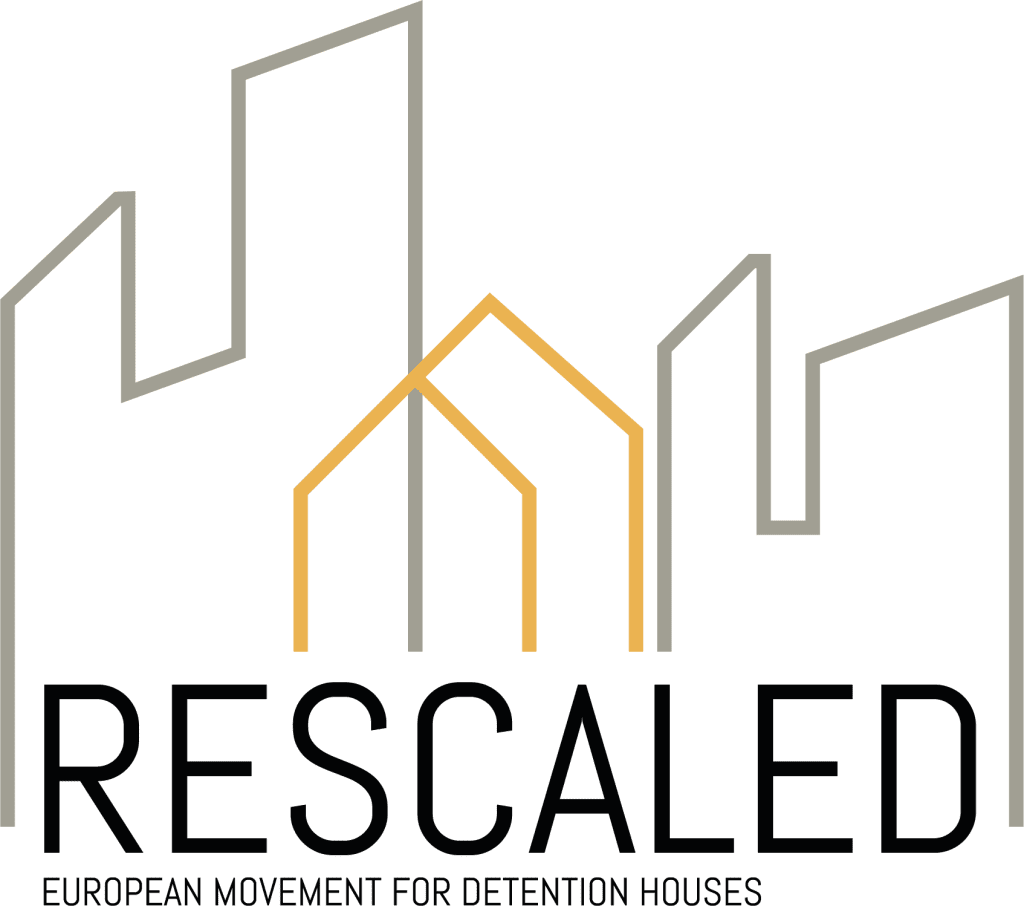All people have the right to education. This human right is also enshrined in international human rights instruments for incarcerated people (see for example the Nelson Mandela Rules 104-108). International research shows that prison-based education reduces recidivism.[1] The main explanation for this observation is that prison education enhances the chance of employment after release.[2] Moreover, by strengthening the intellectual, cognitive, and life skills of incarcerated people, prison education can help lower some “natural” barriers to positive community reintegration.[3] As an education coordinator in two Belgian prisons, it is my job to provide incarcerated people with the same education opportunities as people outside prison.
Prison education in Belgium
A fundamental tenet of the Belgian prison system is the normalization principle. This principle entails that the living conditions in Belgian prisons should resemble those in society as closely as possible. Therefore, people’s right to education remains crucial, despite the deprivation of liberty. In practical terms, incarcerated people must be given the same opportunities as other people in society when it comes to their education needs. The Belgian legislator is convinced that bridging the gap between inside and outside, through the provision of a differentiated range of social assistance and services, of which education is an important aspect, will ensure a better reintegration into society, and reduce the risk of recidivism.
Challenges education within prison walls
Nevertheless, the practical organisation of prison-based education is complex. This is partly due to the complex political structure of Belgium. Whilst the federal government is responsible for the execution of sentences, education is a Flemish competence (both inside and outside prison). This means that the many important factors and preconditions for good education are to be provided by the federal prison administration (DG EPI): suitable infrastructure and classrooms, sufficient prison officers so that activities can be organized smoothly, no overcrowding that hampers the good management of the prison, the daily regime in which education can have a place, etc.
Another challenge for prison-based education is that the overall prison population is very diverse in terms of demographic background and (educational) needs. Especially in larger prisons. This diversity makes it very difficult to tailor the offer of group-based prison education to the specific learning needs of each individual. The inevitable consequence is that the offer of education programmes is rather static, and certain individuals will feel let out, despite the best intentions to provide a wide range of educational programmes. In other words, the size, design, and management of large prison institutions make it difficult to individualize the offer and meet everyone’s needs.
Even more importantly, incarcerated people do not have access to the internet. They can only use legally permitted means of communication (art. 65 of the Belgian Prison Act). As a result, incarcerated people are not only physically and socially, but also digitally secluded from society.[4] Digital poverty is one of the most poignant problems of the 21 century. Not only within the prison system but also in society at large. For most of us, a life without the internet is unimaginable. The internet is intertwined with our everyday lives. For the most basic things like making an appointment with the bank or buying a bus ticket, we need internet. In addition, many social services, such as remote learning, are only accessible online and thus, unfortunately, not available for persons incarcerated in Belgian prisons.
If we don’t teach incarcerated people how to use these digital tools – in the same way as people outside prison – they risk missing the boat again upon release.[5] Enabling digital access and strengthening digital skills should not be an issue in detention, but should be self-evident.
Corona crisis as a catalyst for digital developments
Last year, the corona crisis exposed the challenges related to the lack of digitization within the prison walls. The country went into lockdown and incarcerated people were secluded from society even more than usual. No visitors were allowed and almost all social workers were forced to work from home for a certain period. But this crisis has also enabled us to gain momentum. The justice department recognised the importance of digitization, and took action. It was acknowledged that the reintegration of incarcerated people in a rapidly evolving society will be more successful if these changes are anticipated. Two actions were taken. First, the justice department started using Webex (inside and outside prisons), which is a digital tool that enables incarcerated people to make video calls to their family. Second, a working group was established to investigate how to respond to today’s digital needs in the field of prison-based education.[6]
As a practitioner involved in prison-based education, I see improvements and the efforts made. But things are moving slowly… too slowly. The basic question remains whether the prison system will ever catch up, as long as it tries to fit new ideas and new developments from a rapidly developing society into an old prison concept. The prison concept wants to evolve … but continues to face challenges while trying.
Creating the right context for education
Everyone who has ever visited a prison in Belgium, will have seen that the buildings are literally not made for organizing high-quality education. Incarcerated students are supposed to get the same education opportunities as students outside prison, which nowadays involves many digital tools. This is difficult if not impossible in too little and small classrooms, outdated equipment and a strict daily regime. We literally hit the wall while trying.
Why not approach these issues from another perspective? What if we change the context instead? Let’s imagine that we could do our work in small-scale, differentiated and community-integrated detention houses.
First, let’s start from the individual. Good education requires an individualized approach for each person. This is easier in a small-scale context. I work in two Belgian prisons with a different scale, one for about 50 people and one for about 120 people, and notice this difference in my everyday work. In the smaller facility, I know more incarcerated persons by their name, character and their specific needs. This also works in the other direction: they reach out to me more easily, because they know me better.
Second, detention houses that differ from each other, can have their own policies in terms of access to digital tools and internet. In so doing, it does no longer make sense to deny all incarcerated people access to the internet because a few might abuse this access. Some detention houses will have a more liberal policy than others, but as a general rule, all detention houses should have access to the internet. We are living in the 21st century, also in detention.
The differentiation must not only be based on security levels or restrictions, but also consider the content. What do you think of a detention house that focuses specifically a high school diploma? Or on workplace learning and an internship in the community? By working in a differentiated or individualized way, people learn how to deal with freedom and responsibilities, step by step. Taking responsibility also means arranging appointments with community services (such as a school), scheduling meetings and making video calls. Of course, with the support that is necessary. In other words, by differentiating, we would enable self-development.
Third, we must use the services that the community has to offer. This is also done in the current prisons, but as explained above, this is challenging. In practice, we adapt incarcerated student’s learning questions to the limited prison-based educational programmes, instead of using the full range of programmes available in society. Bridging the gap with the regular education system would be easier in a detention house. In detention houses with a higher security level, we can focus on remote learning. Online access to the school’s learning platforms is enough to start a trajectory. But there are other options: the detention house might share a classroom with a school in the neighbourhood (shared spaces) or teaching activities can be organized for mixed groups with incarcerated and other students, which is not exceptional in Belgium (even in closed prisons).
If the old prison concept, designed for individual confinement, isolation and (religious) reflection, cannot simply be given a new purpose, isn’t it time then to evolve towards a detention concept genuinely fit for the 21st century?
[1] Kim, Ryang & Clark, David. (2013). The effect of prison-based college education programs on recidivism: Propensity Score Matching approach. Journal of Criminal Justice. 41. 196–204. 10.1016/j.jcrimjus.2013.03.001.
[2] Cho, R. M., & Tyler, J. H. (2013). Does Prison-Based Adult Basic Education Improve Postrelease Outcomes for Male Prisoners in Florida? Crime & Delinquency, 59(7), 975–1005.
[3] Fabelo, T. (2002). The Impact of Prison Education on Community Reintegration of Inmates: The Texas Case. Journal of Correctional Education, 53(3), 106-110. Retrieved March 10, 2021.
[4] Beyens, K. Robberechts, J. & Vanhouche A.-S. (2020). De coronacrisis als momentum voor het gevangenis? Panopticon, 41(4), 365-372
[5] Director general of the Belgian prison system, Rudy Van De Voorde, 2021.
[6] De gevangenis wordt een digitale omgeving.





